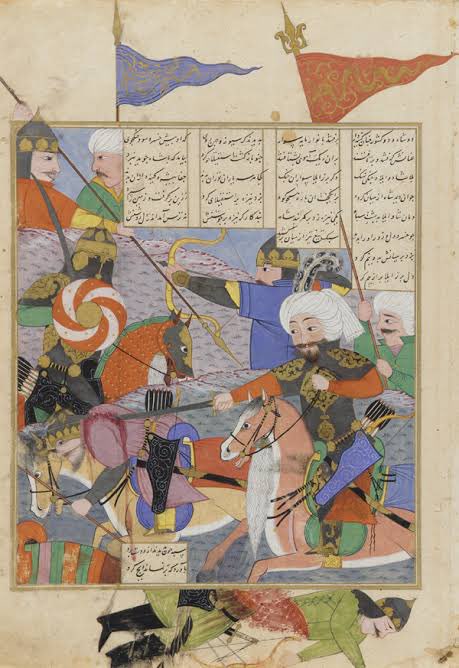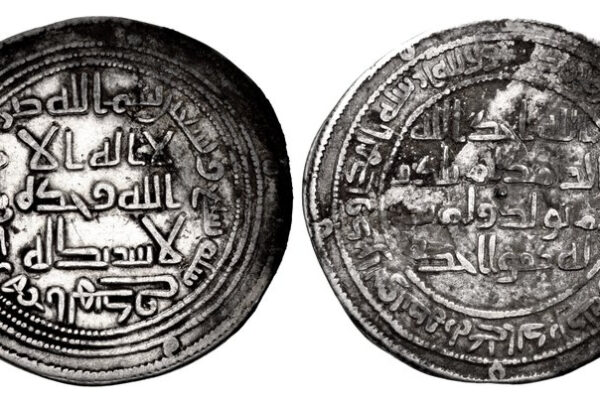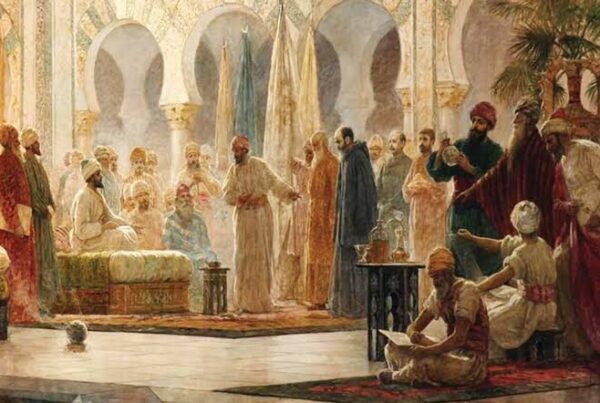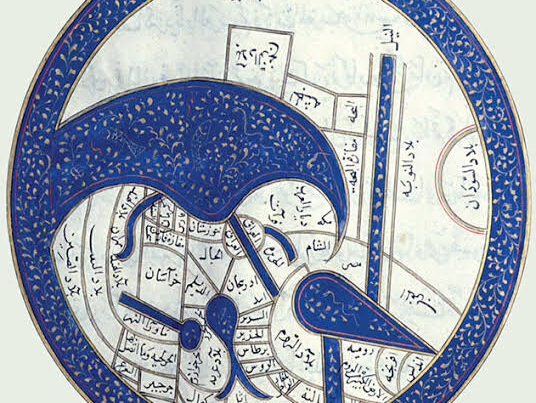Some of the earliest Muslim works of historiography speak of an indigenous Muslim kingdom to have independently sprouted between 830 to 840 CE in areas which weren’t then a part of the Islamic world. This forgotten kingdom which was situated somewhere in modern Pakistan came about due to an interesting saga of events concerning its king.
Of Pakistan and the Forgotten Kingdom of Al-Usaifan.
One of the most primary and largest authorities on early Islamic history comes from the book ‘Futuh Al Buldan’ (Conquest of the Lands) by the Arab historian Al-Baladhuri. This book gave some of the most detailed accounts of the early history of the expansion of the Islamic caliphate and of how foreign lands were incorporated into the Islamic world. The book is also one of the most detailed sources on how the Indus Valley was brought under Islamic rule, as it speaks of the conquests of both Makran and Sind under the Rashiduns and Ummayads in quite detail.
However, alongside the great detail of the conquests lies an interesting note of a certain region written about as the ‘country of Usaifan’. A region somewhere in modern Pakistan which had to itself a specific story narrated by a slave as to how its ruler had a turn of hearts and came towards Islam.
Al-Baladhuri writes that the country of Usaifan was found between Kashmir, Kabul, and Multan thus placing it somewhere in the region of Taxilla or in its vicinity that is, somewhere either in the northern portions of Punjab or the south eastern parts of Khyber Pukhtunkhwa.
The country was ruled by an unnamed ruler whose only personal description comes in the form of a ‘wise king’ who was of ‘good understanding’. The book narrates that one day the king’s son fell ill and thus the king hurriedly called upon his priests and monks to plead and beseech the idols that they worship for them to heal his son. After a rendezvous of the monks and priests with their deities, they returned to tell him that the ones up above had ordained for his son to be healed soon. However, the prince’s health soon took a turn for the worse and he soon departed from the world leaving the king in severe wrath. In his fury he is said to have demolished and destroyed his own temple and brought massacre and death upon all his monks and ministers. Afterwards in search of a different doctrine to associate to, he is said to have called upon Muslim merchants present in his kingdom for them to explain monotheism to him.
The merchants sermons worked and the king is said to have seen the unity of God and thus accepted Islam. This in turn allowed for his kingdom to transition into one based and rule by Islamic ideals and thus Punjab came about to contain an indigenous Islamic Kingdom when the rest of the Indus Valley was already under the Abassids.
As interesting as the story sounds, it must be remembered that this story was narrated by a slave who very seldom are considered as authentic sources for historiography since their accounts for the greater part contain certain problems. The same problems exist in the story of Al-Usaifan which we can analayse below.
Punjab around the the 9th century was still under a kingdom known as the Takka kingdom which was later referred to by the Muslims as the ‘Bilad-i-Takkiya’ with its capital city known as Takesar which certain historians have tried to identify with the ancient city of Taxila. However so, the Takka Kingdom, before its incorporation by the Hindu Shahis, was a large and significant kingdom. A conversion of a strong ruler and a transition of such a large kingdom would’ve had widespread effects on all neighbouring regions and open the doors for the Islamic world to the Ganges heartland. All of this would’ve won it supreme fame with many historians writing about it, however the Kingdom of Usaifan doesn’t find a mention anywhere except a note by Al-Baladhuri. It could be possible that this King was a vicegerent or possibly a vassal of the King of the Takkas and though his conversion brought change in his smaller area, the greater realm stayed unaffected and thus not much was written of this.
Another theory of the 11th century historian Yaqut Al-Hamawi is that the name of Usaifan was nothing but a later corruption. He was of the opinion that the original name was in actuality a reference to the region of Al-Qiqan. This historic region was present on the western periphery of the Indus Valley and viewed by many historians to translate to the region that we today refer to as Quetta and its vicinity in Balochistan. The theory could be quite plausible since the neighbouring regions to the west such as Kandahar and Zaranj and ones to the south such as Khuzdar had seen great activity of Muslim armies and subsequent Muslim traders.
From my own knowledge, there’s another account of a king far north from the juncture of Punjab and Kashmir (i.e. the regions of Potohar and Jammu) accepting Islam secretly and not revealing it to anyone in his court or kingdom. In a secret letter which found its way into the Muslims of Sind, he had requested for the Muslims of the Indus Valley to prepare a manuscript carrying a translation of the Quran in his language which would go on to become one of the first translations of the Quran in South Asia.
As one can tell, there are many theories which can be explored in this regard which would lead us into multiple directions in the search of the forgotten kingdom. What is for sure is that an extremely interesting event transpired in the middle of the 9th century CE which through the tongue of a slave and the pen of a historian has been immortalised forever.
References
Futuh Al Buldan – Al-Baladhuri
The Punjab Past and Present Volume 11.
Culture and History of Kapisa and Gandhara – N.M. Gupta
The last 2 dynasties of the shahis – A. Rehman




